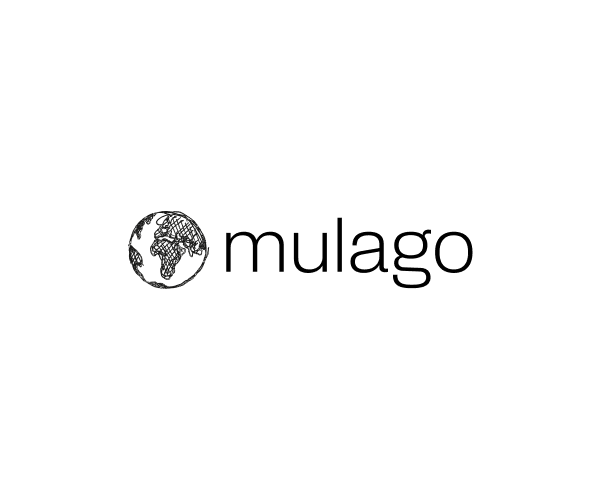The Eight-Word Mission Statement
Don't settle for more.


This article was originally published by Stanford Social Innovation Review on September 18th, 2012 with the headline: The Eight-Word Mission Statement
Whatever windy drivel they might put forward as a corporate mission statement, mainstream for-profit businesses have a clear, central mission: make money for shareholders. Some do it more sustainably, some are nicer about it, but they're all in the same boat. If they have a bad idea or execute poorly on a good one, they fail in their mission and eventually go out of business.
Mission statements in the social sector are often the same kind of word-salad, but there isn't a common raison d'etre. As investors in impact, we -- the Mulago Foundation -- don't want to wade through a bunch of verbiage about "empowerment," "capacity-building," and "sustainability"—we want to know exactly what you're trying to accomplish. We want to cut to the chase, and the tool that works for us is the eight-word mission statement. All we want is this:
A verb, a target population, and an outcome that implies something to measure -- and we want it in eight words or less.
Why eight words? It just seems to work. It's long enough to be specific and short enough to force clarity. Save kids' lives in Uganda. Rehabilitate coral reefs in the Western Pacific. Prevent maternal-child transmission of HIV in Africa. Get Zambian farmers out of poverty. These statements tell us exactly what the organization has set out to accomplish. Once we've got it, we know whether they are working on something that fits our own mission, and we have a useful starting point for any subsequent conversations.
Notice two things about the mission statements above above. First, they include very concrete results. "Creating awareness," "empowering" somebody, "changing attitudes" -- those aren't real impacts. They may be necessary steps on the path to impact, but they don't tell you where that path was supposed to end up. Second, a good mission statement is about the what, not the how. For example, most social entrepreneurs want to dive immediately into their ideas about how change is going to happen -- that, appropriately, is their ongoing obsession, what keeps them working in lousy conditions for crappy pay. But I need to understand exactly what that change is, before I can make sense of their notion about how it's to come about.
If we sit down with the leaders of an organization and can't come up with a mutually satisfying eight words, then we probably wouldn't get along anyway. What's been surprising is how long it can take to get those eight words (or less), even with -- or maybe especially with --organizations that have been around a while. It's not uncommon to have organizations end up with a mission quite different that the one with which they came in the door.
We've found the eight-word mission a crucial tool for funding decisions; it also turns out to be a great tool for design. You have to know where you're going to be able to figure out the best way to get there. A good eight-word mission helps startups to evolve their big idea without getting pulled off track by their business model, the demands of funders, or the latest shiny object they found by the side of the road. For more established organizations, it can be a guide through a necessary iterative process of re-design, helping them strip the hull of all the barnacles and unnecessary appendages that have accreted on the voyage so far.
Razor-sharp clarity about where you're going allows you to ask three critically important questions: 1) Is this the best way to get there? 2) Is there anything else we should be doing to accelerate along the path? and 3) Is everything we're doing really focused on getting there? The first question helps prevent the bane of startups, fixing too early and rigidly on a specific idea; the second pushes evolution of models and activities; and the third helps you avoid or get rid of stuff that is a distraction or waste of bandwidth.
(A classic example of the last issue is an organization that is doing, say, poverty work in Africa, but putting a lot of effort into "educating" people in the United States. That's like installing a mile-long rubber band between effort and impact. The education effort needs to become part of a cost-effective, fund-raising program or a laser-focused effort to change specific policy -- or it needs to be killed.)
And finally, the eight-word mission statement is indispensable as a starting point for real measurement of impact. You can't measure impact unless you know what you're setting out to accomplish. Getting your mission right is step one in getting your indicators right. With a good eight-word mission, you can bypass all that input-output-outcomes stuff and cut to the chase with a simple question: "How would I best know if I'm fulfilling my mission?" (We at the Mulago Foundation like to ask people, "If you could measure only one thing, what would it be?" -- but that is for the next column). I'd rather get the results of M&E from lay people who have really grappled with their mission than from pros that worked from a mission handed to them.
I'm not an expert in anything, really, and not infrequently I find myself in a room with people smarter and better informed than I am. They're often trying to save the world in one way or another, and they're usually doing their job, which is to pitch for support from our foundation. Most of them do it quite well, and they are, by and large, my favorite kind of people. But I have a job to do as well -- to squeeze the most impact out of Mulago dollars -- and it is here that the eight-word mission statement becomes my lifeline. It jump-starts a productive and respectful conversation that doesn't waste anyone's time.
Impact in your inbox
The best stuff we run into, straight to your inbox. Zero spam, promise. To see past issues, click here.


.png)
.webp)
